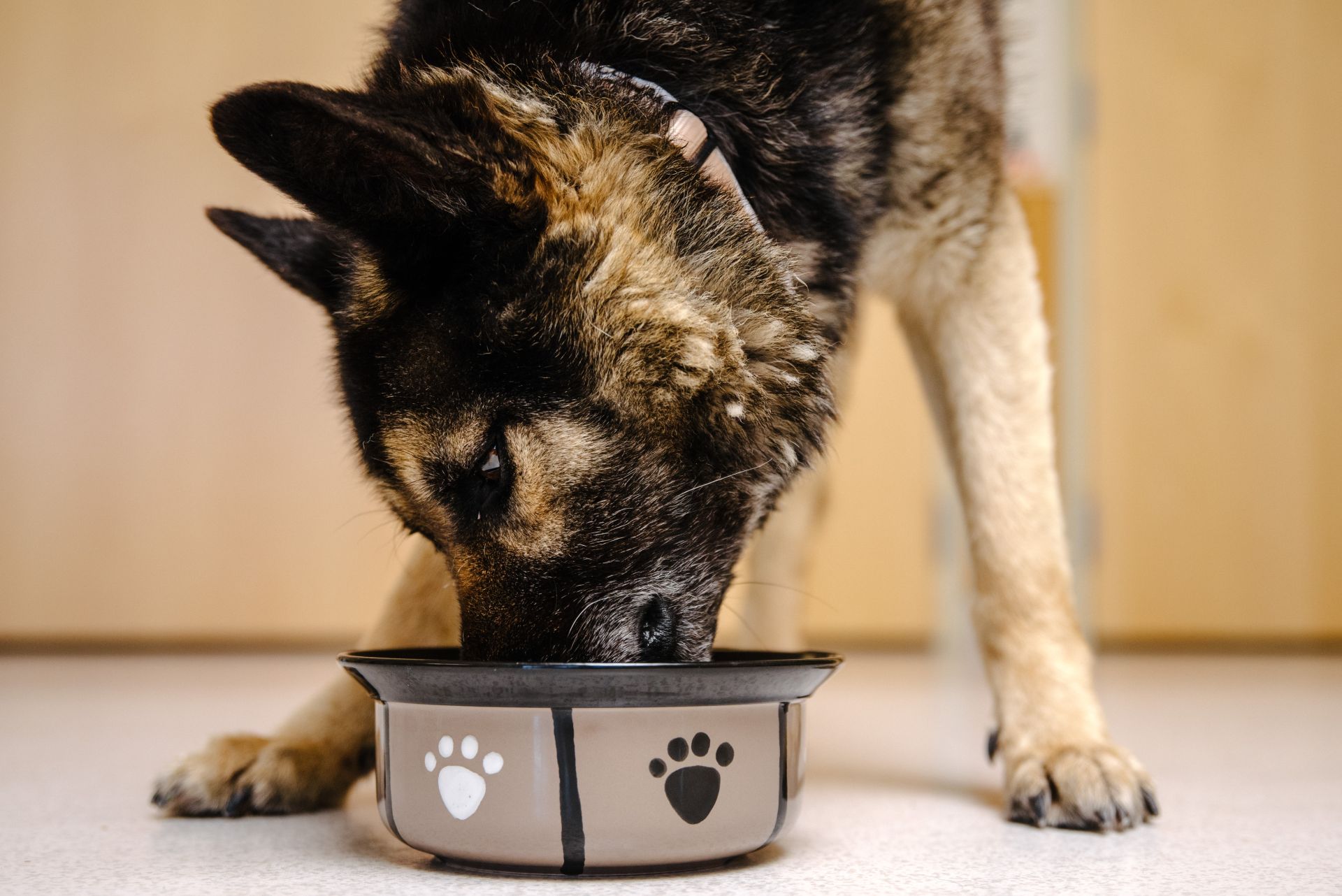Does your dog have a history of guarding food and/or toys? The first thing you should do is give regular feedings of his meals in an area where he can eat undisturbed. Do not allow people to take items from him and do not give him any high value (to him) or long lasting food items or toys of any kind. We want you to avoid any confrontations and allow him to relax.
After a few weeks of this, he should be feeling more relaxed and realize that he can eat calmly and quietly. Now, if you like, you could start training – using an approach that builds his trust and comfort with you around items of value to him. But please go slowly to avoid pushing him past the point where he is comfortable and causing him to growl, snarl, bite.
Working through resource guarding will take time and patience. You will need to:
- Monitor your dog’s body language so you can gauge his comfort level when he has things of value.
- Keep high value resources picked up unless you are training.
- When feeding your dog or giving him special food items, crate him or separate him from the rest of the family to prevent any accidents.
- Be aware that your dog may try to guard other things that you are not expecting, such as a bed, crate, a particular person or random household item.
The management portion described above will be crucial to the training process. Professional help is available for support and guidance along the way. If at any point, despite taking all the right steps, your dog does snaps or bites, please contact us immediately for help.
There are many ways to work with this issue. Please contact us for more specific help.
With a Toy or Food Item (Non food-dish practice)
- Choose an item to start the practice with that your dog likes, but isn’t very high value.
- Before you hand it to him, tell him to “take it.” As soon as he does, praise him.
- Have a handful of treats ready. Say “drop it” then toss down a couple treats on the ground about a foot away. Your dog should drop the item to go for the slightly higher value treats. Do not reach for the toy/food; we want him to think that you don’t care about it. Praise him when he goes for the treats, and allow him to return to the item.
- If he doesn’t go for the treats, you may need to upgrade your treats to something novel, such as chicken, hot dogs or string cheese. You can make a big fuss of the treats, and ignore the dog to “sell” how exciting what you have is, and how little you care about what he has.
- Slowly start delaying the time between the “drop it” cue and the treats to see if he will let go of the toy on his own, in anticipation of the treat. Be sure to offer a big reward when he makes this connection!
- Once he is letting go of the toy/food item with the cue, you can gradually start picking up the toy/food item he had. If at any point you see him stiffen, rush back to the toy, growl, etc. go back a step, he isn’t ready for this progression.If he does allow you to pick it up, lavishly praise him, and immediately give the item back!
- Gradually build towards using higher value items. Remember to have something equally as good or better to trade!
Start with an empty food bowl. Take a small handful of your dog’s meal, put it in the bowl, and then set the bowl down for your dog. Stand away from the bowl.
When he is completely finished eating, keeping your hand away, drop from a height, another small amount into the bowl or onto the floor next to the bowl. Repeat until your dog’s meal is over. Have a few better treats ready to toss away from the bowl, so you can pick up the bowl while your dog is away from it and put it away.
After a few days of feeding your dog this way, give him his full meal in his bowl. When he is almost finished eating, approach and toss a few of the treats into the bowl or onto the floor next to the bowl, and walk away.
When your dog is comfortable with your approach (loose, relaxed body, normal pace of eating, may even look at you upon your approach) toss a few treats as you pet your dog one time. Build towards being able to reach for his bowl, or even being able to pick it up, put a tasty treat inside and hand it right back. If at any point, you see your dog stiffen, eat faster, growl, etc. back off and go back a step in the training. He wasn’t ready for the progression. It will take time!
Make sure your dog is very comfortable with you doing all of this before anyone else in your family tries this, especially if there are kids in the house. Children should NOT work on this training, and should ONLY be involved after the dog is very comfortable and even then, only when there is adult supervision.
Contact Us
Need help? Call our free pet behavior help line at (503) 416-2983.




